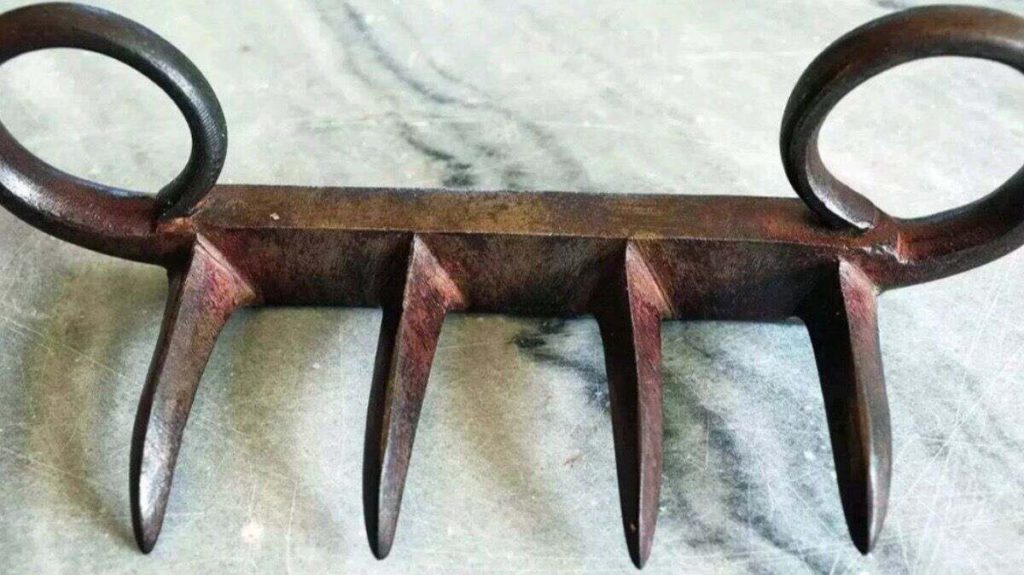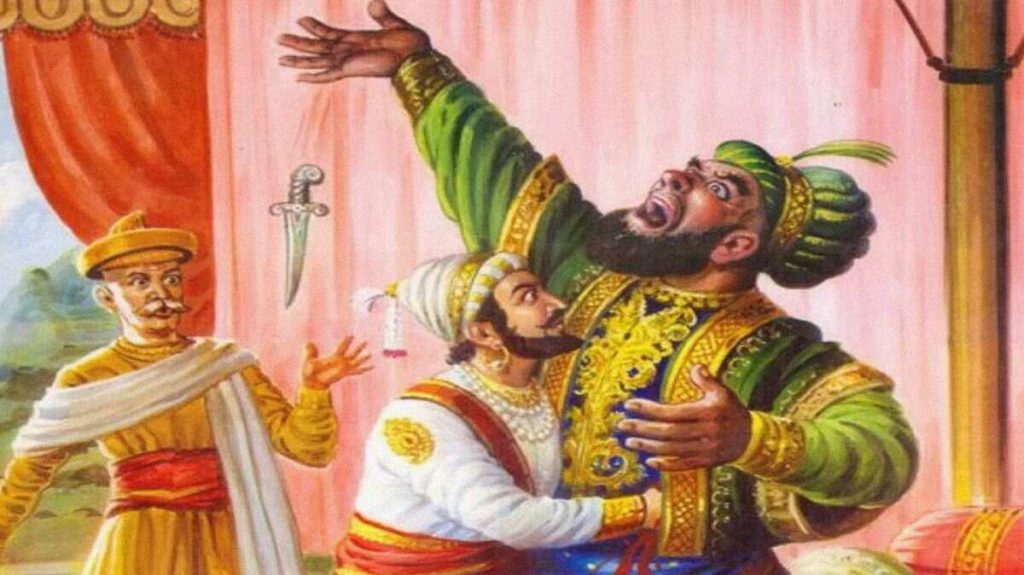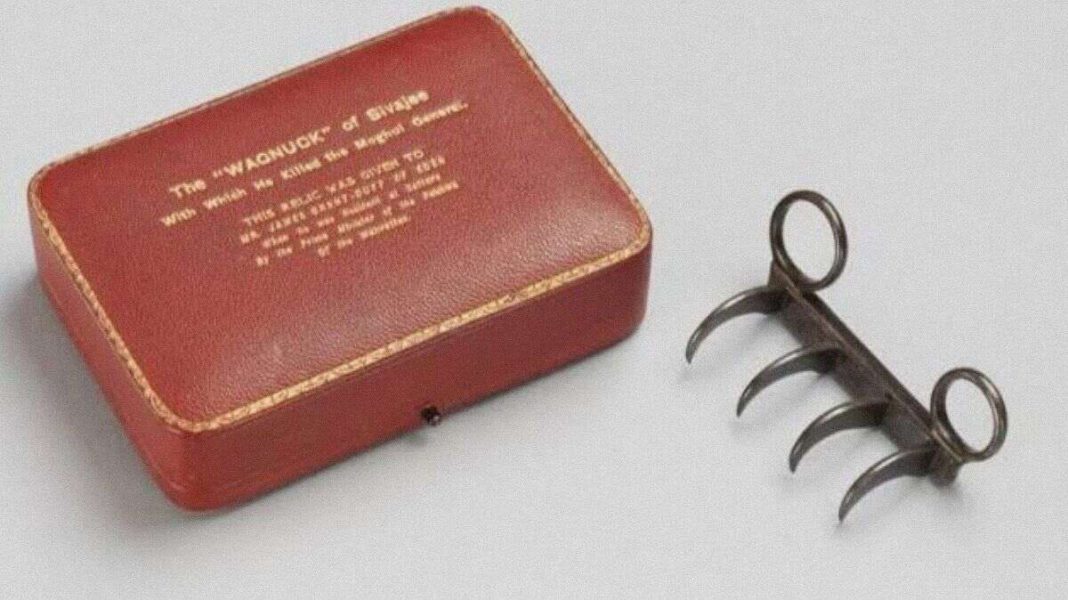INDIA: In a historic and long-awaited gesture of goodwill, the United Kingdom has agreed to return Chhatrapati Shivaji Maharaj’s iconic Wagh Nakh, the legendary tiger’s claw, to India. This remarkable development marks a significant milestone in cultural diplomacy, as this precious artefact is finally set to find its way back to its rightful home.
In an interview with ANI, Maharashtra minister Sudhir Mungantiwar said, “On October 3, we will be signing an MoU in London & in November will bring the ‘Wagh Nakh’.” He further stated, “‘Wagh Nakh’ is not just a thing for us but a symbol of faith.”
The Wagh Nakh, a symbol of valour and power, has a rich and storied history. It once belonged to the legendary Maratha warrior king, Chhatrapati Shivaji Maharaj, who used it as a symbol of his fearless leadership during the 17th century. The artefact, which has been held in the UK for many years, has long been a subject of interest and discussion between the two nations.
The return of the Wagh Nakh is the result of years of negotiations and cooperation between the governments of India and the United Kingdom.
Design of the claw
The Wagh Nakh was typically made of metal and shaped like a set of curved claws, resembling a tiger’s or lion’s claws. It was designed to be worn over the hand, with the curved claws extending from the fingertips. The weapon allowed the user to strike and slash at close quarters.

Maharaj and Afzal Khan
Afzal Khan, a towering general in the service of Adil Shah, was sent to subdue Shivaji and quell the Maratha uprising. Afzal Khan was a formidable opponent known for his strength and cunning. Recognizing the threat posed by Khan, Shivaji knew that defeating him would be pivotal in his quest for independence.
Shivaji, known for his astute diplomacy, initially agreed to meet Afzal Khan at the fort of Pratapgad. As part of the negotiations, it was decided that both leaders would meet unarmed and alone. However, Shivaji was well aware of the dangers of facing Khan without a plan. He concealed a razor-sharp weapon called a “Wagh Nakh” (tiger’s claw) on his person, hidden within his palm.
The Fatal Meeting
On December 10, 1659, Maharaj and Afzal Khan met in a small tent for their discussion. As the conversation progressed, tensions rose, and Maharaj sensed that Khan was planning treachery. Afzal Khan insulted Shivaji and asked him to submit to the Bijapur Sultanate. While pretending to embrace Shivaji, he stabbed him with a concealed weapon. But the chain mail (Chilkhat) inside his clothes protected Maharaj. At that moment, Maharaj revealed the concealed “Wagh Nakh” and struck a fatal blow to Khan’s abdomen.


Afzal Khan’s attack was foiled, and he lay dying at Shivaji’s feet. With his last breath, Khan begged for mercy, but Shivaji remained resolute. This act of courage and willingness not only saved Shivaji’s life but also sent shockwaves through the Deccan Sultanates and the Mughal Empire, earning him respect and fear in equal measure.
The slaying of Afzal Khan was a watershed moment in Shivaji’s life and the history of the Maratha Empire. It catapulted Shivaji to legendary status, symbolizing his unwavering commitment to his cause and his determination to challenge the mightiest adversaries. His Wagh Nakh became an icon of liberty and emancipation from the clutches of Muslim invaders in India.
The return of the Wagh Nakh is not only a symbolic gesture but also a testament to the importance of international collaboration in preserving cultural heritage. It serves as a reminder that historical artefacts are more than just objects; they carry with them the stories and legacies of nations and people. In this case, the Wagh Nakh represents the enduring spirit of Chhatrapati Shivaji Maharaj and his contributions to India’s history.
Currently, Wagh Nakh is in the Victoria & Albert Museum in London. The return of Wagh Nakh is a celebration of the legacy of a legendary king who continues to inspire generations.
Also Read: Chhatrapati Shivaji Maharaj’s Bravery, Ideology and Justice Inspired Many Generations: PM Modi



